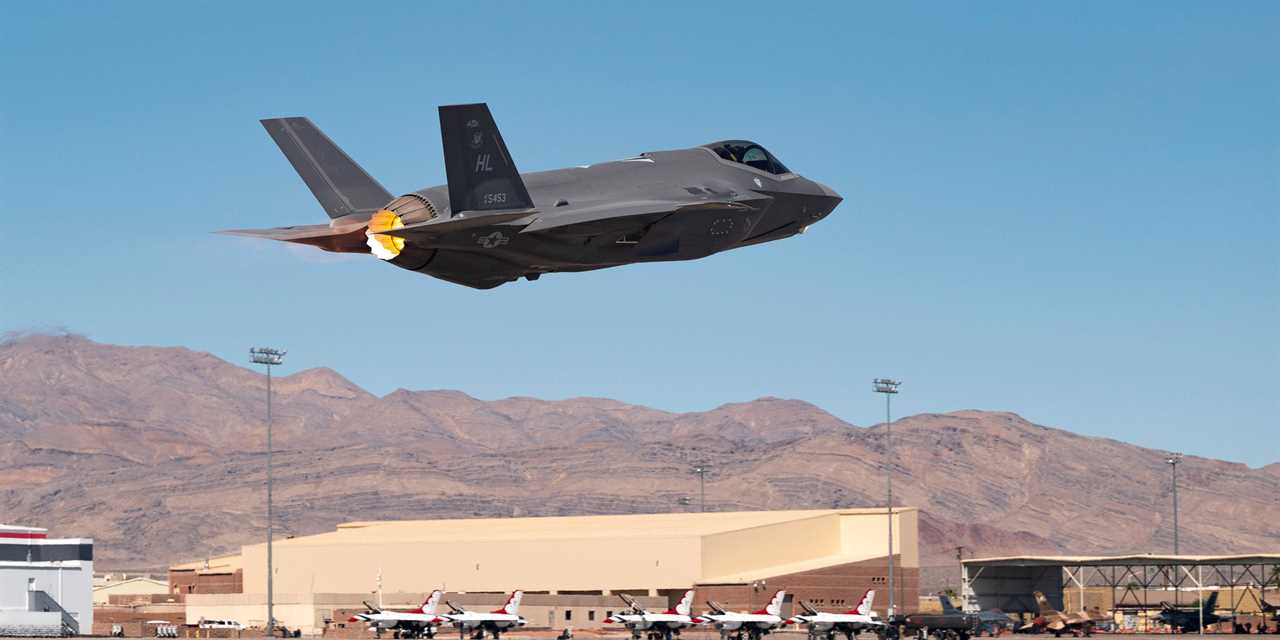
An F-35A takes off at Nellis Air Force Base in Nevada, September 21, 2021US Air Force photo by Airman 1st Class Zachary Rufus
-
Despite all its difficulties, the F-35 is still a valuable tool and will continue to be so.
-
The F-35 is expensive and not well-suited for all missions that the US Air Force undertakes.
-
The Air Force will require jets of the fourth- to fifth-generation generation in order to accomplish all its tasks.
Back in February, the US Air Force made headlines around the world by suggesting that a new "5th-generation-minus" fighter might be the answer to the branch's operational cost woes.
After many years of promoting the F-35 Joint Strike Fighter to be the future of military aviation in the past, this announcement resulted in a flood of headlines describing the F-35 Joint Strike Fighter a failure.
Although it may seem unfair to describe the aircraft (as we have discussed before), there is no doubt that the Joint Strike Fighter has proved less capable and more costly than originally planned.
The truth is that the Air Force did not write off F-35 last month, and it didn't do so more than in the past. This was evident in 2018, when the branch threatened with reducing its F-35 order in order to offset high operating costs.
The argument is not about whether the F-35 can be used to perform in high-altitude combat. It's clear that the F-35 is a highly capable fighter and has been used by many aviators. As is often the case with aviators, it's really all about money.
Although the F-35 is capable, it's also very expensive.
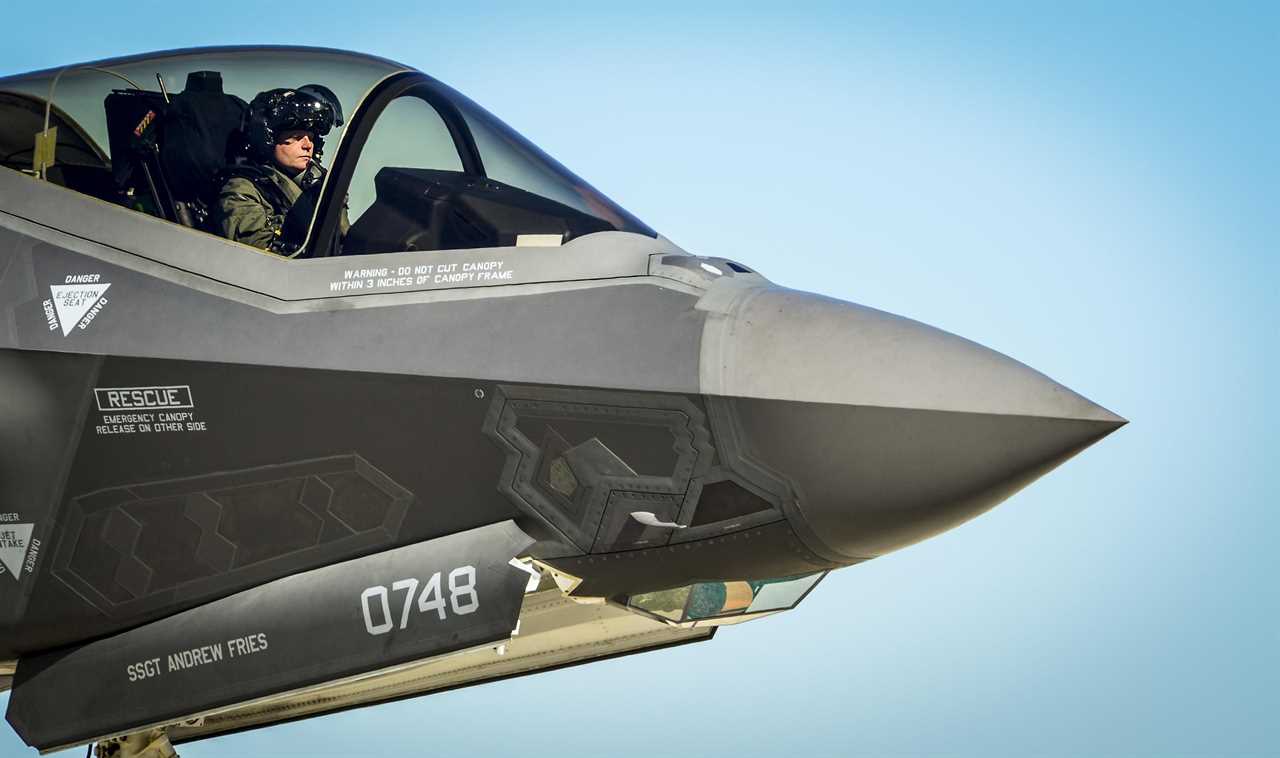
An Air Force F-35 pilot prepares to refuel at Eglin Air Force Base, December 12, 2013.US Air Force photo/Senior Airman Christopher Callaway
Over the past decade, the F-35 Joint Strike Fighter's purchase price has fallen steadily to the point that its per-unit cost is lower then the F-15EX 4th-generation powerhouse F-15EX purchased to replace the force's older F-15s. This price is misleading for several reasons.
The Air Force will spend $77.9million on a new F-35A. The Air Force receives the stealthiest fighter in the world with the most advanced data-fusion capabilities. But that's only for about 8,000 hours. It's worth noting that each hour cost the Air Force approximately $44,000.
The F-15EX is slightly more expensive at $80 million. It's also not stealthy. However, the F-15EX will have a 20,000-hour operating lifespan. Each hour costs the branch approximately $29,000.
It is important to keep in mind that the F-15EX does not replace the F-35. They serve very different purposes.
Although the F-35 is multi-role aircraft, it isn't fast or agile nor does it have a lot of firepower. However, it can be extremely difficult to target and its onboard computers can handle disparate data from far and near sensors in a way that no other aircraft has ever been able to.
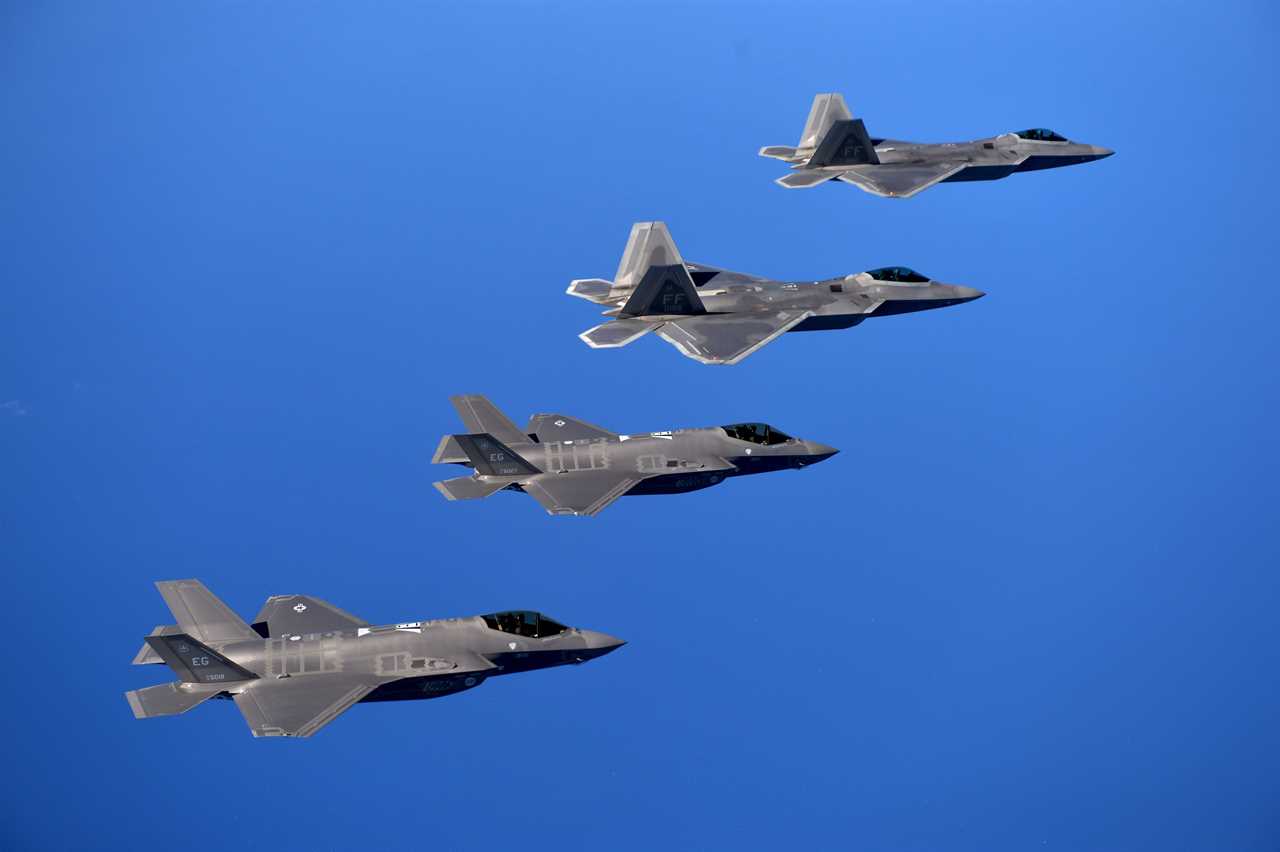
US Air Force F-35s and F-22s.USAF
An F-35 can make nearby 4th-generation jets less lethal thanks to the fused information stream F-35 pilots have from within their $400,000 helmets.
Major Justin "Hasard", a F-35 pilot in Air Force Reserves, stated that "there has never been an airplane that provides as much situational intelligence as the F-35."
"Situational awareness is worth its weight as a weapon of war."
This is what Air Force Chief Of Staff Gen. Charles Q. Brown, Jr. was referring to his comments that took the entire world by storm.
Brown stated, "You don’t drive your Ferrari every day to work. You only drive it on Sundays."
"This is our high-end [fighter], and we want to make certain we don't waste it all on the low-end fight."
The Air Force might be content to replace all F-16s with F-35s if money was no object. However, ongoing problems with the aircraft have kept full-rate production from continuing for years. And, truthfully, the Air Force can't afford to buy a large fleet of F-35s.
It is also worth noting that the Air Force could probably restart production of the F-22 in air-superiority roles if there was enough money. It is important to remember that the F-22's restart would likely be more expensive than developing a better fighter.
Many of the facilities and supply chains used by the F-22 were cannibalized since then by the F-35 in the money-is-an-object dimension that we are all trapped in.
The 6th generation fighters will be no better
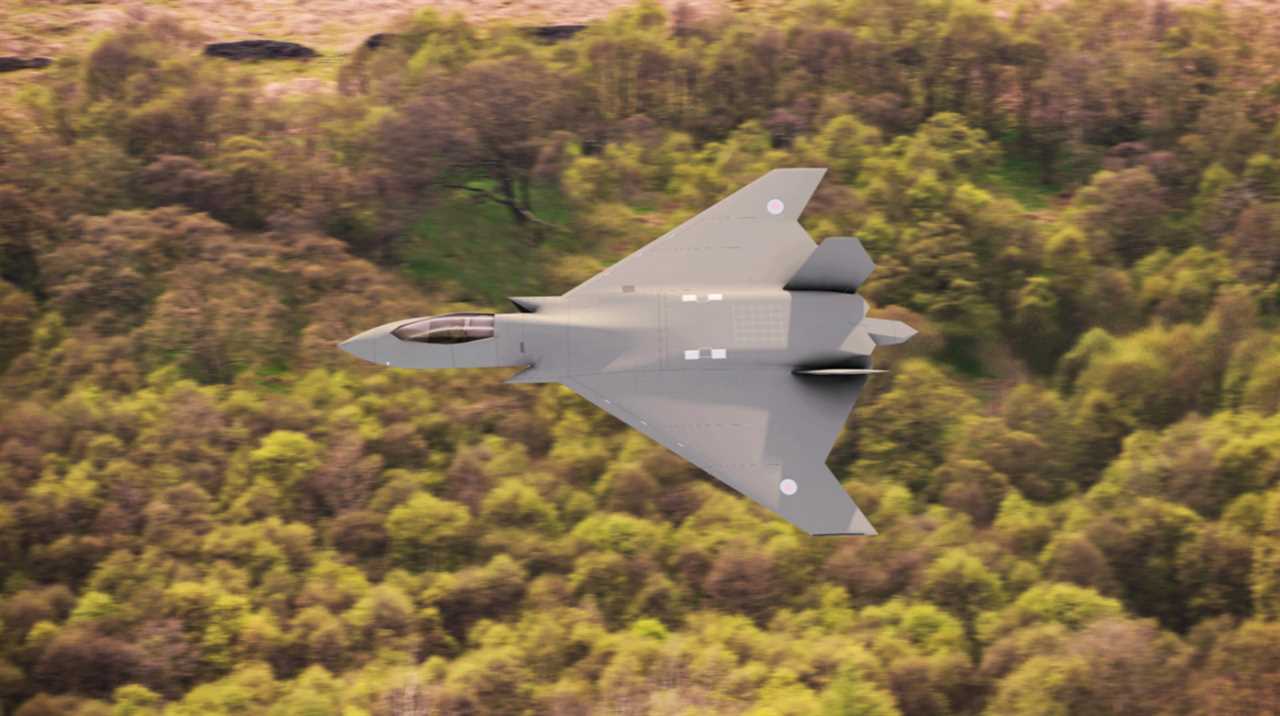
A rendering of the future British Tempest sixth-generation fighter jet, released in December 2020.British Royal Air Force
Given that the F-35 doesn't provide a cost-effective solution for tactical operations in uncontested or lightly-contested environments, many may suggest we invest heavily in the development of a "6th-generation" fighter similar to the one the Air Force has tested.
However, this approach is not going to fix the F-35 budget problems. There is a good chance that a more advanced fighter will only exacerbate these problems.
It is a combination of the F-35's unprecedented nature and poor acquisition strategies within the Defense Department that has made it so costly .
Lockheed Martin's X-35 was the first fighter to be built for Joint Strike Fighter. Boeing's X-32 was next. Many in the aviation industry didn't believe an aircraft could fulfill all the requirements of the Pentagon.
"If you went back to 2000, and someone said, 'I could build an airplane stealthy, has vertical takeoff, landing capabilities, and can go supersonic," most people in industry would have thought that was impossible," Tom Burbage told The New York Times. He was Lockheed's general manger for the program, which ran from 2000 to 2013.
"The technology needed to combine all that was into one platform was not available to industry at the time."
It was F-35's forward-looking goals combined with Lockheed Martin's policy of concurrent production, whereby Lockheed Martin began delivering F-35s even before they were fully tested, that eventually made the program a cautionary tale to defense budgeteers.
While some aspects of the acquisition process are now more efficient, a fighter of "6th generation" would still face some of the same problems.
Fighter generational designations don't reflect military standards or government policies -- they are industry terms that combine fighters with similar capabilities.
Although there are currently no requirements for what constitutes a "6th-generation" fighter, they would need to be significantly more capable than fighters like F-35 and F-22. The cost of new technology is often higher than that of the existing equipment.
A next-generation fighter could indeed provide useful new capabilities but it would likely be available in a package that is not as costly than our existing fleet of stealth planes. America would need to be able to field such fighters. However, in the short-term, it's likely that we will have more fiscal woes than we currently have.
The 4th generation of fighters is part of the solution
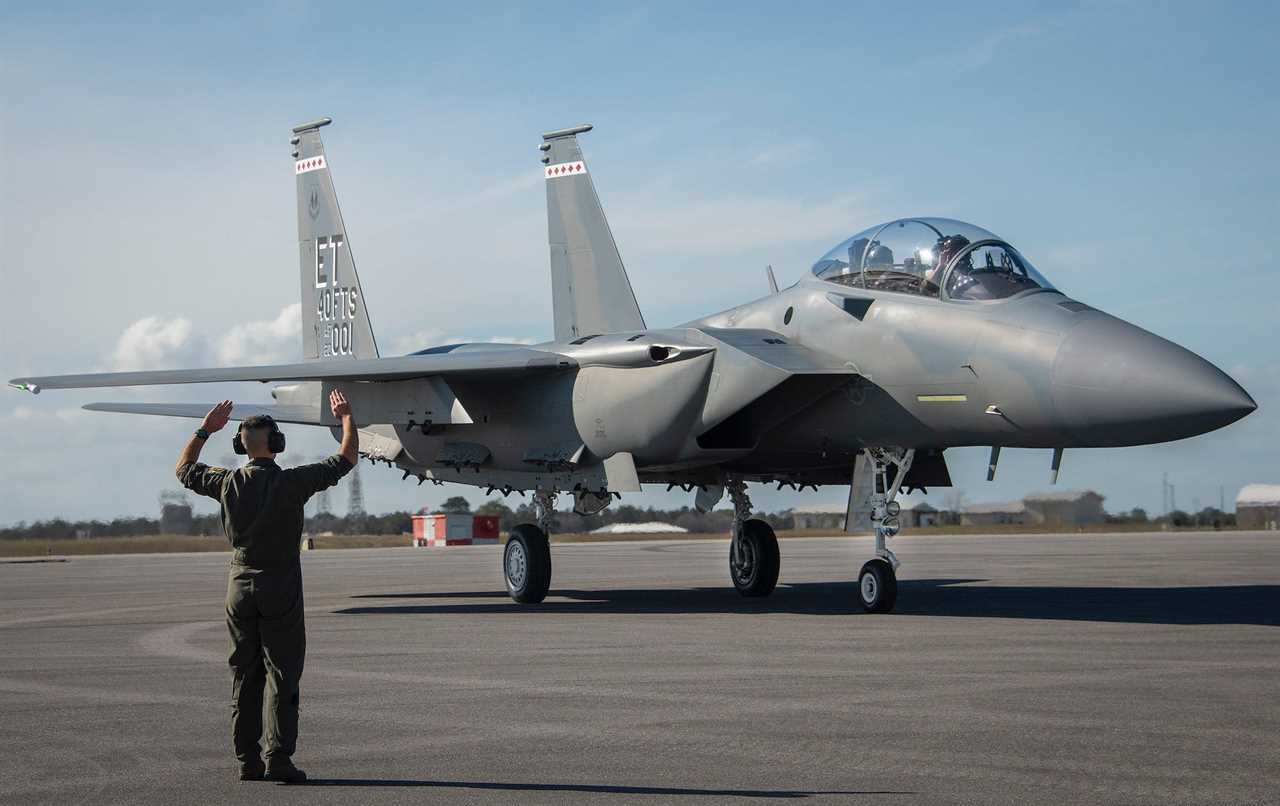
The F-15EX, the Air Force's newest fighter aircraft, arrives at Eglin Air Force Base in Florida, March 11, 2021.US Air Force/Samuel King Jr
When you mention funding new fighter programs such as the F-15EX and the Block III F/A-18 Super Hornets, the answer is always the same: " Why would you buy non-stealthy fighters during this era F-35s F-22s Su-57s and J-20s?"
It is really quite simple. These stealth planes are not necessary expensive for combat sorties in places like Syria, Afghanistan and Iraq -- all of which see US troops embedded with local militaries to carry out various types of combat and antiterror operations. The A-10 is a better choice than the $44,000 per hour cost for close air support. It costs only $19,000 per hour.
This is why America's legacy aircraft are so important. The U.S. must have jets capable of handling current combat operations and mitigating the threats posed China by near-peer countries like China. This will allow it to afford the aircraft needed to meet future threats.
The F-35 isn’t a failure, despite what the headlines might have said in the last weeks. Because Lockheed has spread its facilities in most 50 of America's states, F-35 production provides political insulation. Few lawmakers will vote against it.
The F-35 will be around for a long time. America must find ways to support the F-35 with other highly capable aircraft.
"The F-35 represents the foundation of our pursuits. Brown stated that we will have the F-35 now, and we are getting it out. We'll also have it for the future."
"The reason I am looking at this fighter study, is to gain a better understanding not only of the F-35s that we will get but also the other aspects of the F-35.
The budget doctor may have just ordered 5th-generation "minus" fighters
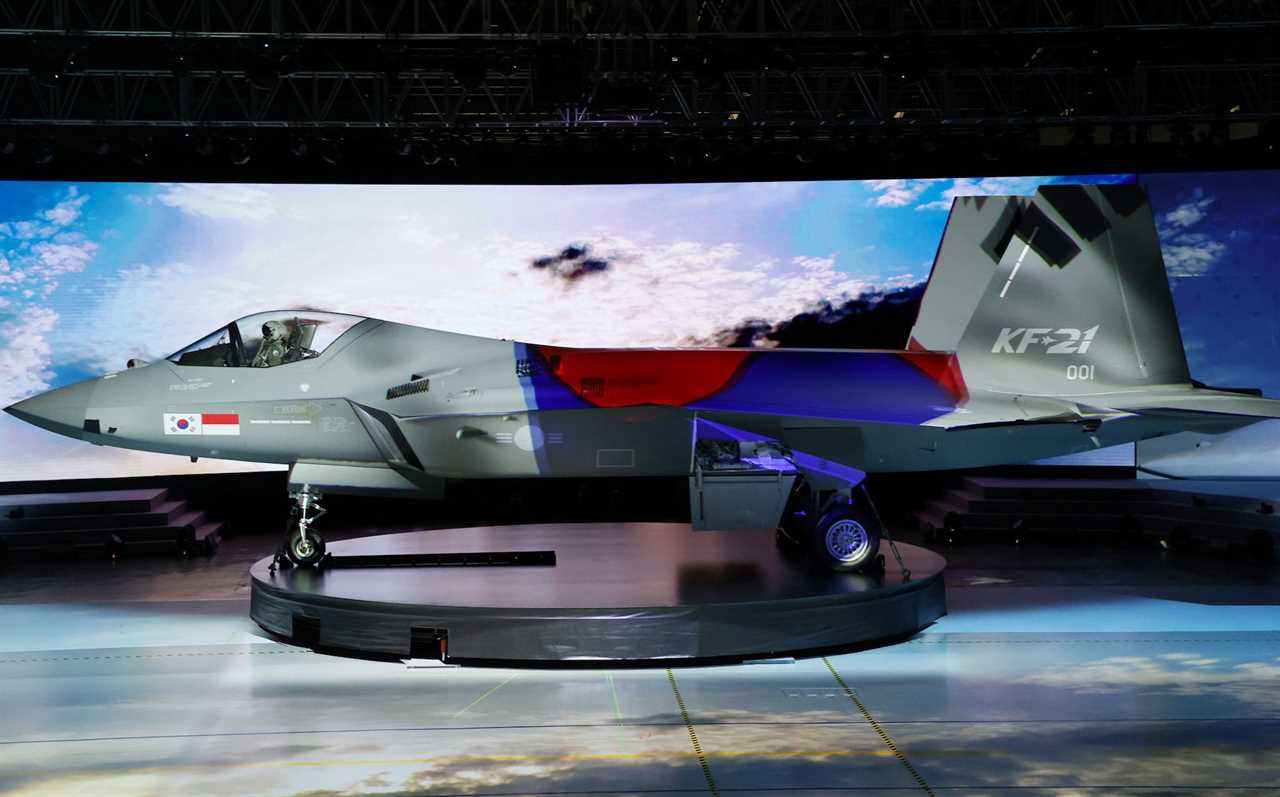
The KF-21, South Korea's first homegrown fighter jet, at its rollout ceremony in Sacheon, April 9, 2021.Yonhap via REUTERS
This brings us back to Gen. Brown's recent comments about creating a "clean-sheet" fighter that combines some of the technological advances found in 5th-generation computing powerhouses such as the F-35 with some cost savings found in 4th-generation workhorses such as the F-15EX.
This would result in an aircraft that is not as advanced as F-35 but more capable than the non-stealthy fourth-generation jets. This concept is already present in the joint South Korean-Indonesian fighter program, KAI KFX, a 5th-generation "minus" design.
It is true that technology and war are constantly changing. Older systems are more affordable as new air-defense system designs emerge. America could soon find itself operating in an airspace more contested than that of the Middle East but less heavily defended than Beijing or Moscow.
Similar to how the F-117 was assigned to fly ahead of non-stealth aircraft in Desert Storm so that they could bomb Baghdad, the F-35s as well as B-21 Raiders will likely fulfill this role in the future.
America's most stealthiest platforms would have to soften the target areas for the rest. They could engage anti-ship platforms with long-range B-21s to move carriers in, then engage anti-air platforms with carrier-launched F-35s to attack aircraft.
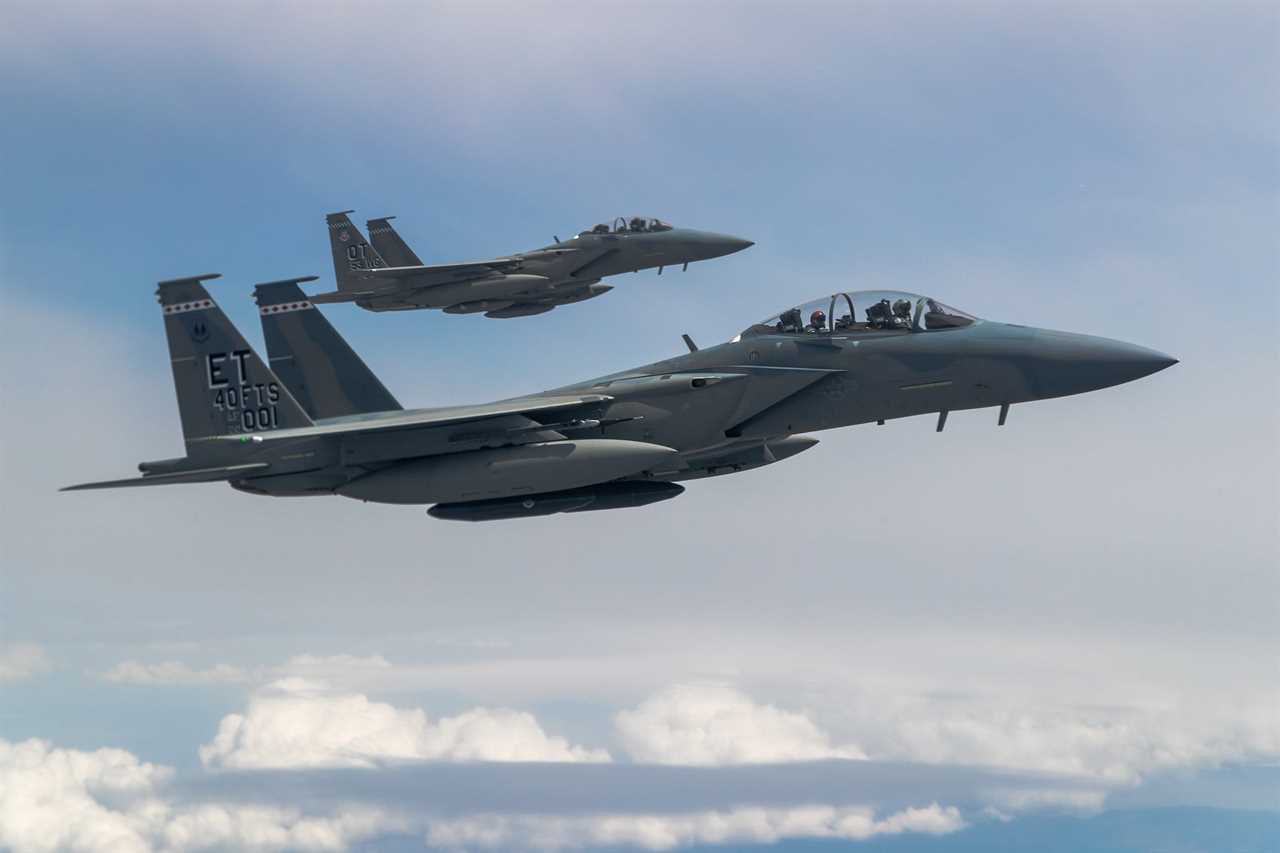
F-15EXs in formation during an aerial-refueling operation over Northern California.US Air Force/Ethan Wagner
After these two objectives are met, stealthier aircraft can be allowed to move in. The non-stealthy bomb trucks and missiles, such as the F/A-18 Super Hornets, can be used to establish air dominance.
You can get an aircraft with a stealthy design that doesn't rely on expensive radar-absorbent coatings, but is more durable than an F-16. It's also cheaper than an F-35.
These 5th-generation "minus” aircraft can be used to replace 4th-generation fighters in lightly-contested airspace. They are more capable of responding to unexpected developments than older jets.
Data-fusion capabilities, although not as powerful than the F-35s would provide pilots with more situational awareness. This would increase their survival and offensive ability.
Brown stated, "When I think of that capability I'm also thinking the threat that is seen today and the threat we project for the future."
"I want an understanding. That is why the study is important to me so that we don't build anything without considering the threat, but the entire fighter force. "Not just the F-35 and NGAD."
We wouldn't require fighters in a perfect world. They'd be as stealthy and dominant as the F-35 in a less perfect world. We don't live in either, so we need to make some budgetary concessions in order for us to win America's next War and support the others. The 5th-generation "minus” fighter could be the solution.
This article was first published March 5, 2021.
 Make Money OnlineForexInvestingBitcoinVideosFinancePrivacy PolicyTerms And Conditions
Make Money OnlineForexInvestingBitcoinVideosFinancePrivacy PolicyTerms And Conditions
